Despite ample information on the use of generative AI for SEO, practical advice on implementing it in enterprise SEO is lacking.
This leaves many enterprise SEOs in a difficult position, fearing the consequences of either not using or improperly using this technology.
To address this, we've compiled a list of safe and actionable strategies based on our nearly two decades of experience working with large enterprise sites and as early adopters of AI.
While not exhaustive, we believe the strategies listed below are currently the most effective and reliable.
Table of Contents:
1. Use Generative AI to Expand Keyword Research
Keyword research is a time-consuming process that involves sifting through a vast landscape of potential keywords to identify the ones relevant to your industry or products.
The process is further complicated by the limitations of one’s own vocabulary and expertise.
Consider the topic of "dog grooming." Would you have included "dog spas" as a relevant keyword in your research? Without prior knowledge of the industry, you might have missed it entirely!
Although AI-powered Google features can offer suggestions, they are not comprehensive and tend to stay within the scope of the original keyword. Notice that all of these examples still contain some form of our research keyword “dog grooming.”
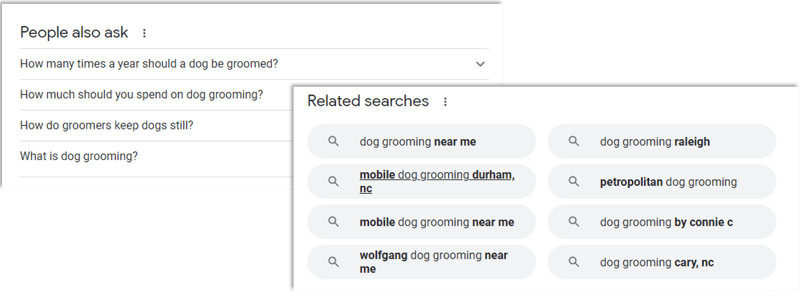
A superior approach would involve utilizing keyword tools that uncover a broader range of relevant terms that may not have crossed your mind during brainstorming.
Execute on This Strategy with seoClarity
So which AI SEO tools are available for keyword research?
Many tools commonly recommended in articles like the one from Search Engine Journal include restrictions in terms of the data they provide.
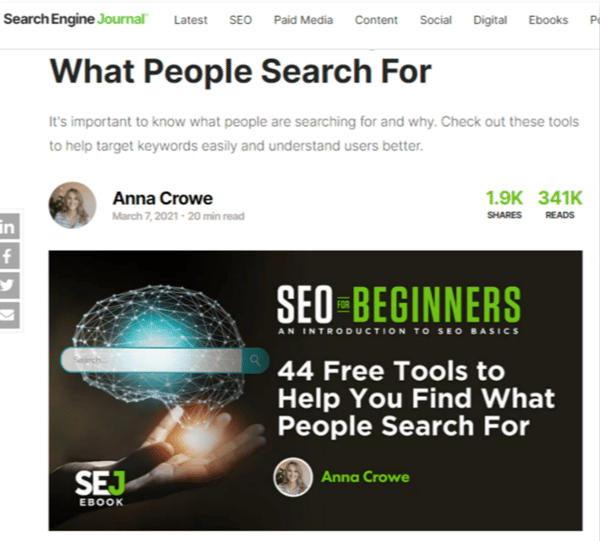
In contrast, seoClarity’s Topic Explorer with intelligent match finds valuable and highly relevant keyword alternatives like “dog styling,” “pet groomery,” and “dog spa.”
Unlike other keyword research tools, Topic Explorer employs a highly sophisticated NLP and ML model that discerns the various ways people search for what you offer.
Integrated with Sia, our AI-powered SEO assistant, Topic Explorer even provides insights into the entire search journey by analyzing clickstream datasets with AI to predict what people will search for before and after searching for a specific keyword. Plus, it provides in-depth insight into the demographics and interests of the people searching for your target keyword. This helps you gain a deeper understanding of your audience to achieve keyword research success.
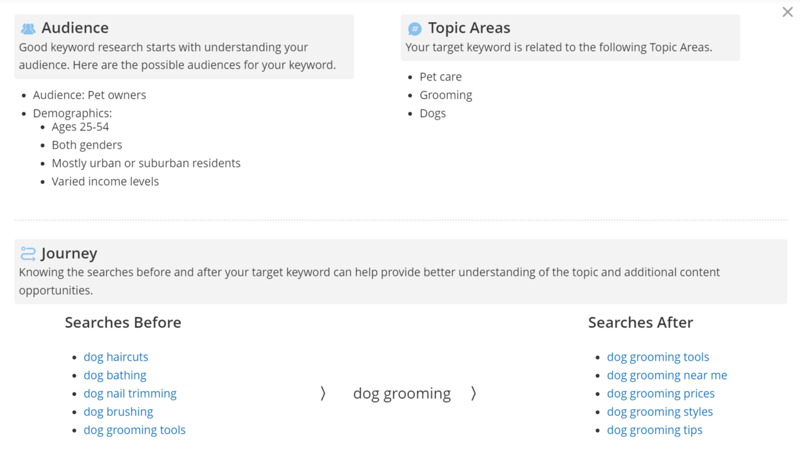
Recommended Reading: Build Content that Drives Authority with Topic Explorer, Our Topic Cluster Tool
These deeper keyword insights will also help digital marketers optimize content strategies for AI search engines, which increasingly favor rich, intent-driven content clusters, not just traditional keyword optimization.
2. Freshen Up Titles and Metas with GenAI
While titles and meta descriptions play a crucial role in increasing click-through rates from search results, many websites resort to generic and templated text.
E-commerce sites in particular often use boilerplate descriptions provided by product manufacturers, resulting in identical content across competitors.
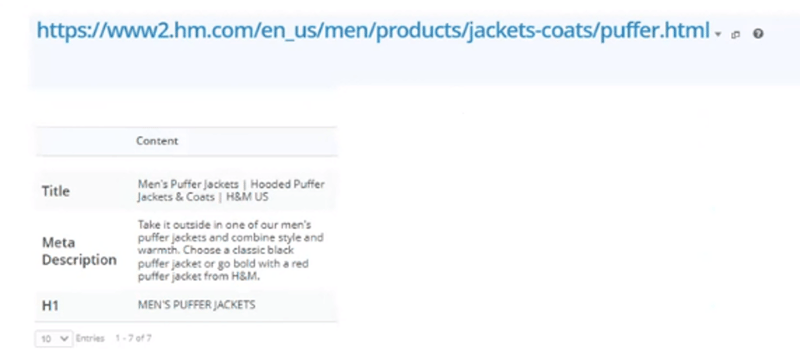
Rather than relying on generic text, use generative AI like ChatGPT to get more engaging and unique titles and descriptions.
In the example below, I’ve instructed the AI to take the basic facts about a product and write a more engaging description limited to 160 characters.

The more specific you make your prompts, the better your result will be. To further refine the results, follow up any of ChatGPT’s suggestions with more direction.
Of course, this process may get a little tedious when it comes to executing at enterprise scale. So which AI tools are best for optimizing SEO titles?
Execute on This Strategy with seoClarity
To solve the challenge of creating unique SEO-optimized titles and meta descriptions at scale, we integrated Sia into our on-page SEO tool, Page Clarity. Unlike standard ChatGPT, Page Clarity's results integrate SEO best practices like character limits and keyword targets which are fueled by your site's data.
With a simple click on the lightning bolt icon next to your page's title and meta description, Sia conducts competitor analysis, identifies patterns, references your target keywords, and generates accurate, engaging suggestions. This expedites the brainstorming process, allowing you to quickly review, adjust, and deploy your titles and meta descriptions.

Recommended Reading: Overcome the Challenges of Writing Titles and Meta Descriptions at Scale
3. Use GenAI to Improve Product Descriptions
Another use case of generative AI for SEO is improving product descriptions.
Follow the same process we just outlined in the previous section to create unique and engaging product descriptions.
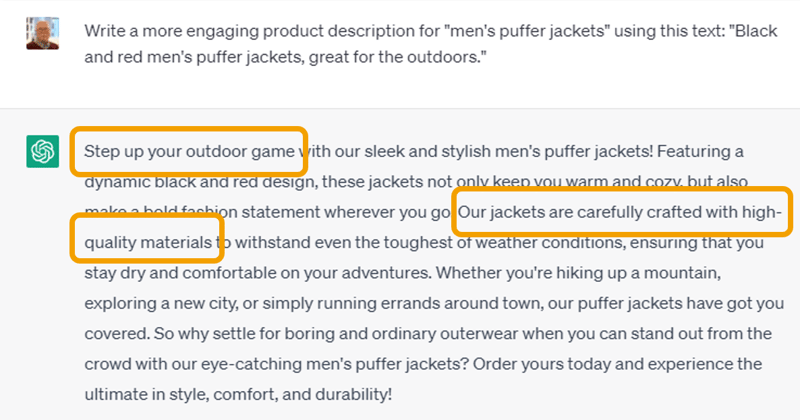
Generative AI is incredibly helpful for editing and revising shorter-form copy like product descriptions. Google doesn’t scrutinize such content as closely as blog or editorial content for things like its E-E-A-T standard.
What matters is that your descriptions are unique and engage users by appealing to their key interests.
Look at this lackluster product description consisting only of the product specifications.
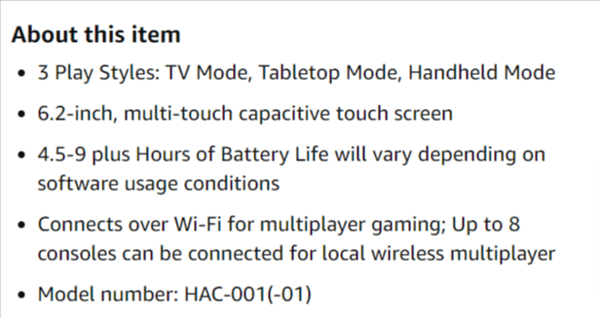
While these facts are important, they could appear elsewhere on the page.
The description is your opportunity to tell a unique story that entices buyers and tells Google you have something unique and special. So we asked ChatGPT to give us something more engaging and enticing.
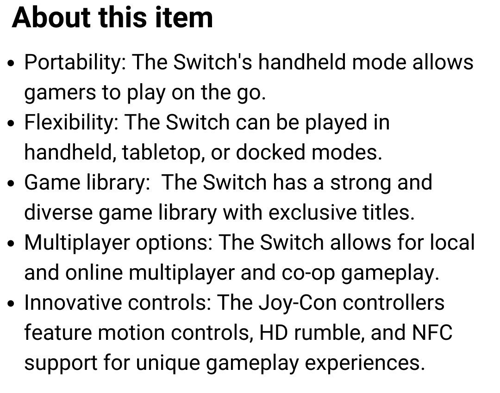
Notice how the revised description focuses on the benefits of the product, rather than its features.
4. Optimize Images Using Generative AI
Search results are becoming increasingly visual, especially in product-related searches like the one below. As a result, image optimization is more vital than ever before.
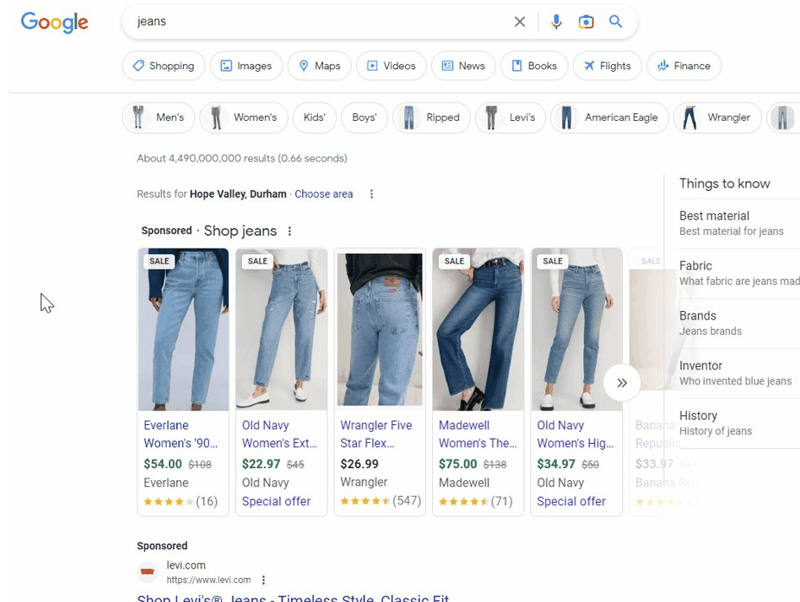
Google still uses the alt text associated with an image as its main method of identifying what searches an image should appear for.
To automate and scale the tedious task of writing image alt text, numerous AI-driven apps create descriptions from the image itself, such as Phosus shown here.
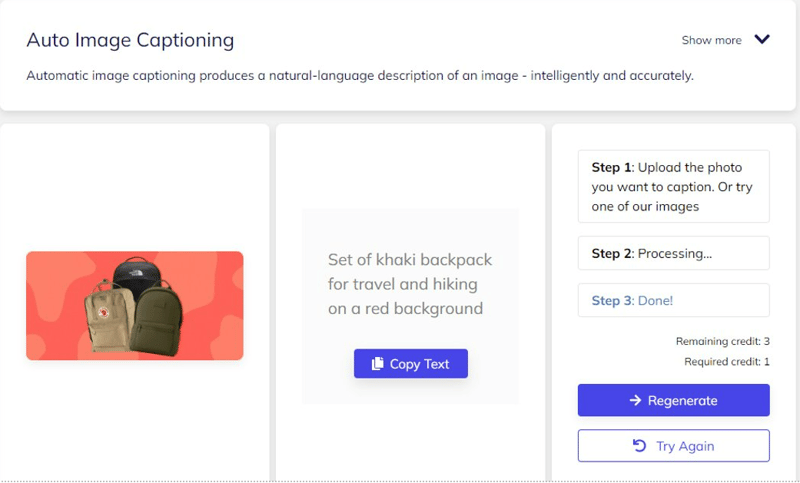
As these tools advance in their capability to describe images, utilizing them for tasks like creating image alt text will become increasingly beneficial compared to relying on human-written descriptions.
Beyond writing descriptive alt text, optimizing for visual search in 2025 means ensuring images are contextually relevant to your content and enhanced with structured metadata such as Schema.org markup (e.g., ImageObject) for improved discoverability.
Here's how to implement schema for SEO at scale.
5. Use GenAI to Summarize Content
Generative AI tools excel at summarizing longer pieces of text.
In the example below, I asked ChatGPT to create an outline from one of our articles.
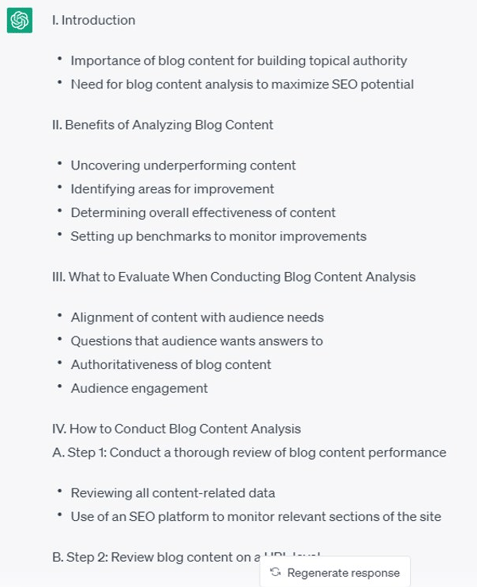
We could use this output to improve the structure of the article text, create a table of contents for a long article, or develop an entire series of related content for a cluster.
In the same vein, you can also use GenAI to create FAQs like in the example below.
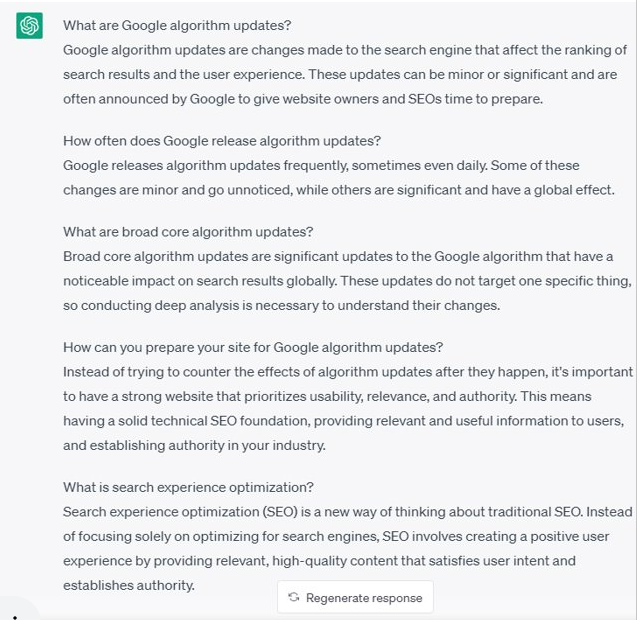
6. Enhance Research Efficiency Using GenAI
Generative AI can be a useful tool for conducting research due to its ability to generate responses to a wide range of topics and questions.
By providing prompts or questions related to a given topic, ChatGPT generates responses that serve as starting points for further investigation or analysis. Additionally, GenAI responses help identify new angles or perspectives on a topic, and provide insight into the latest research or trends.
It's important to note that while generative AI tools can help you conduct research, you should not rely on them as your sole source of information. It's always important to verify any information obtained through GenAI and cross-reference it with other sources to ensure accuracy and reliability.
Create Content at Scale Using GenAI: Advice Exclusively for Enterprise SEO
Perhaps the most tempting use of generative AI for enterprise SEO is creating content at scale.
This temptation is understandable considering ChatGPT creates unique and engaging content quickly and efficiently, without the need for human writers to brainstorm and draft from scratch.
Plus, the AI's customization and personalization capabilities allow you to tailor the content to specific audiences or target markets, ensuring that the information is relevant and resonates with the intended audience.
As Google's guidance regarding AI-generated content states,
AI has the ability to power new levels of expression and creativity, and to serve as a critical tool to help people create great content for the web.
However, there are also risks of mass-producing AI-generated content.
For example, generative AI algorithms sometimes create inaccurate or misleading responses since its goal is to provide a satisfying answer, but it has no means of fact-checking. In addition, generative AI is currently unable to create genuinely original or innovative thought.
Therefore our recommendation to enterprises is to keep the use of generative AI at scale to the recommendations we made above. None of the aforementioned use cases depend on hard facts, originality of thought, or perspective.
Of course, if you’re willing to spend time editing and improving the output to create quality content, generative AI engines can save time and resources by providing basic frameworks for your writers or editors to work from.
Recommended Reading: Generative AI's Impact on SEO
Which AI Platforms Can Help with SEO Content Creation?
To speed up the content creation process without sacrificing security or quality, we've integrated Sia and the power of generative AI into our AI content writer, Content Fusion.
Content Fusion solves common content writing challenges such as writer's block and time limitations by allowing writers to instantly generate outlines, draft blogs, and automatically rewrite existing content.
Instead of spending countless hours fine-tuning ChatGPT prompts to "almost" fit your needs, Content Fusion allows you to create your own Custom Profiles with specifics in your tone of voice, target audience, and writing style. Sia in Content Fusion will generate content to aid your content writers based on your specified parameters.
In addition to these parameters, outputs are based on your unique SEO strategy, performance insights, competitive intelligence, and our unmatched dataset on what drives rankings.
By combining enterprise-level data with generative AI, Content Fusion eliminates the guesswork from content creation — delivering impactful, SEO-ready content that retains your brand’s authenticity and authority.
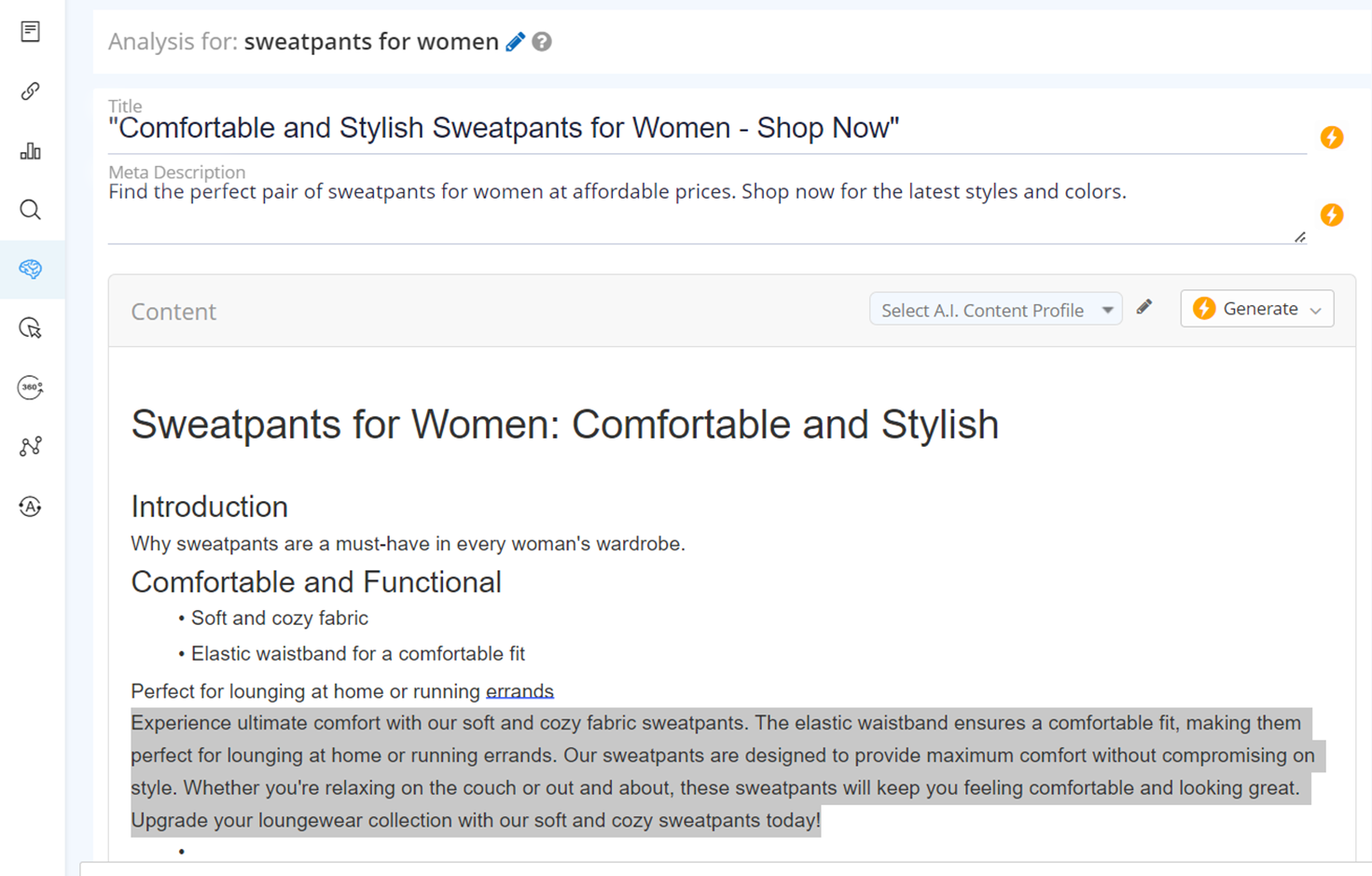
Here’s what you can now achieve with Content Fusion:
-
Pinpoint your ideal audience for any topic, including their search intent and content expectations.
-
Generate brand-aligned drafts in your unique tone, voice, and structure.
-
Apply your content guidelines instantly across all new assets for consistent quality.
-
Collaborate with Sia (seoClarity’s Intelligent Assistant) to uncover insights, identify topic gaps, and strengthen your authority.
As always, in line with our AI Manifesto, we recommend using AI-generated outputs as a foundation — not a finished product. Human expertise remains essential for reviewing, refining, and elevating the content to ensure it meets the highest standards of quality, originality, and SEO best practices.
One More [Important] Thing
When using generative AI to streamline and scale your SEO efforts, it’s important to note that this technology should not completely replace human input.
Nor should you blindly copy and paste mass amounts of AI generated content onto your site without reviewing and altering it for accuracy, authoritativeness, and quality.
With Google's March 2024 Core Update cracking down on low-value and mass-generated AI content, it’s even more crucial to emphasize Experience, Expertise, Authoritativeness, and Trustworthiness (EEAT) in all AI-assisted content. Human editing and augmentation aren't just recommended — they're necessary to meet Google's evolving quality standards
Recommended Reading: Addressing Top Concerns On Using ChatGPT For Enterprise SEO
Conclusion
And there you have it! These are the strategies we recommend when it comes to implementing generative AI into your SEO efforts.
Certainly, there are many more ways that AI can help simplify and streamline essential SEO tasks. But we believe the strategies listed in this post are the ones that will most effectively enhance your search performance instead of jeopardizing it.
<<Editor's note: this post was originally published in May 2023 and has since been updated.>>




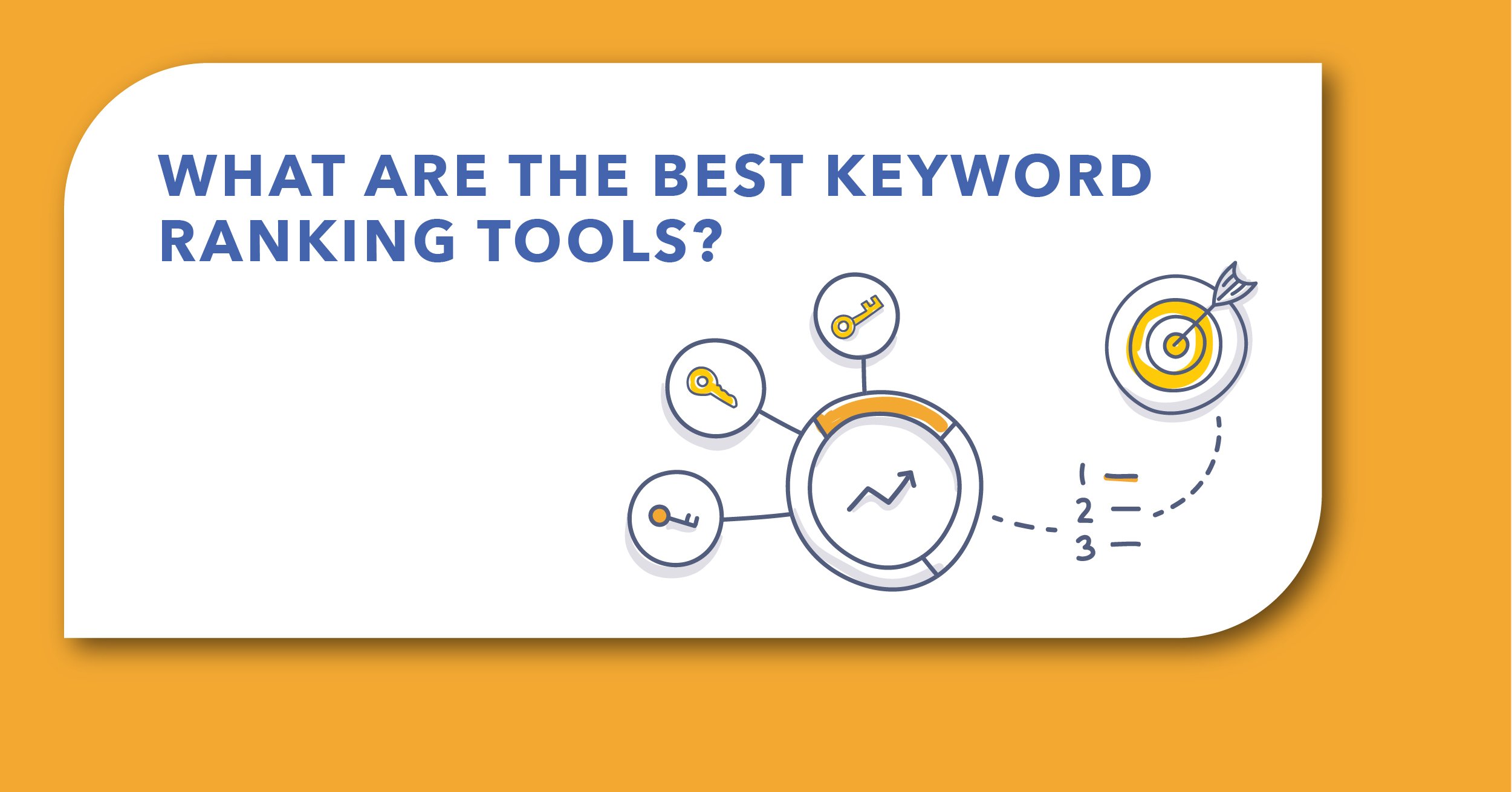
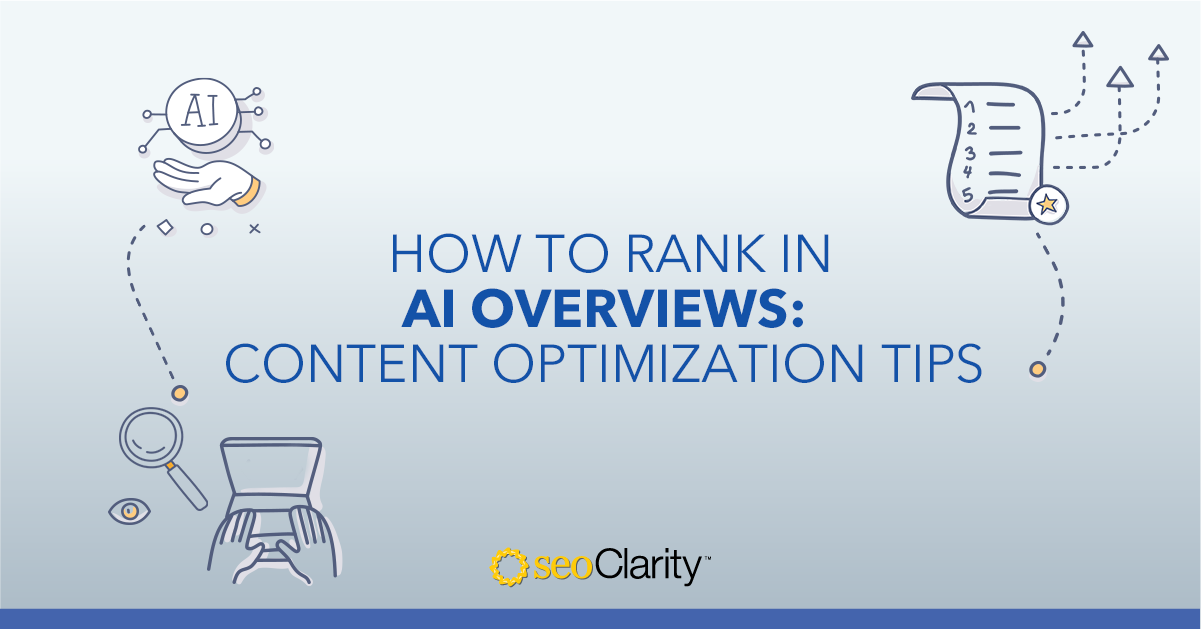

Comments
Currently, there are no comments. Be the first to post one!